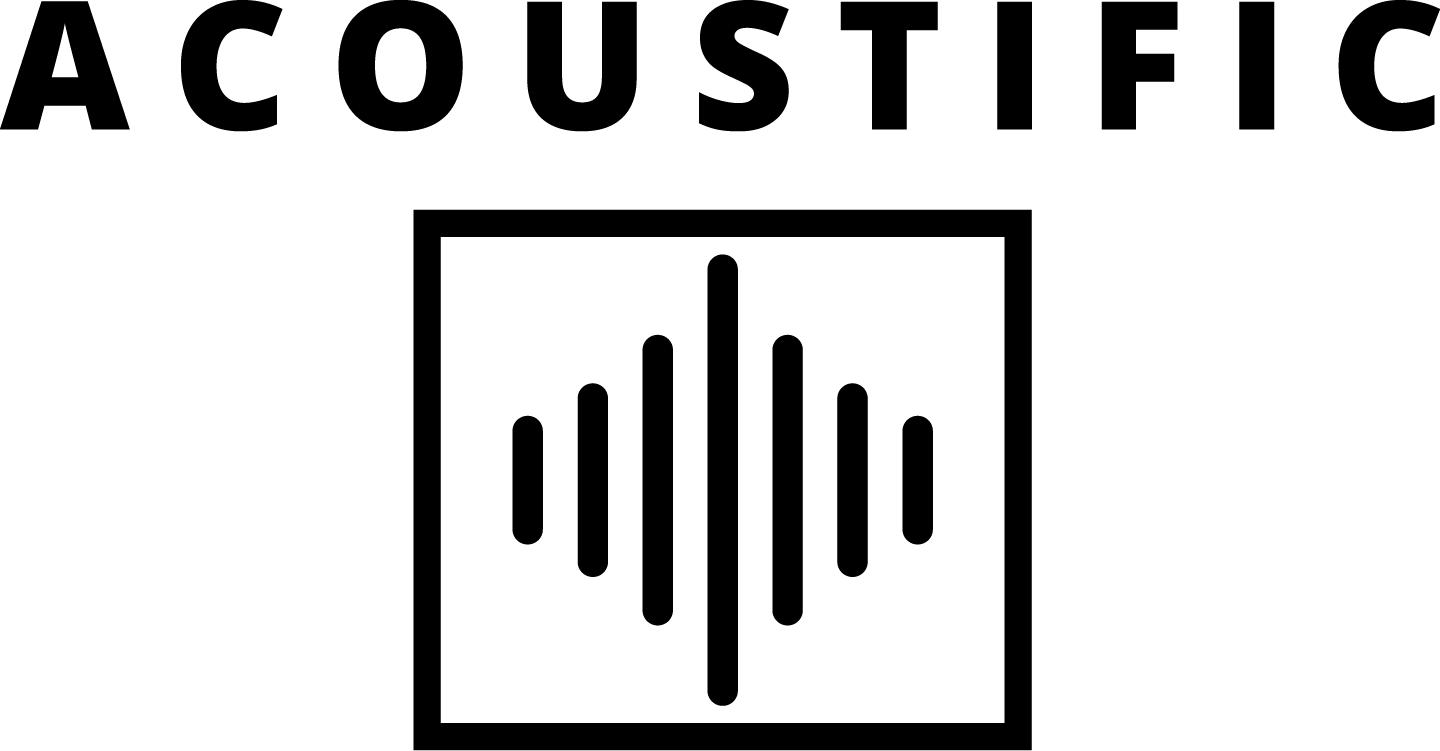Blog
Bass traps uitgelegd: lage frequenties temmen

Bass frequencies (between 20 and 125 Hz) tend to build up in corners, making speech muddy and mixing unreliable. Bass traps address this energy, making your low end tight and predictable.
Why is low so difficult?
Standing waves, room modes, and flutter in the bass.
Their impact on intelligibility and mixing decisions.
What exactly do bass traps do?
Attenuation of pressure zones in corners (wall-wall-ceiling/floor).
Frequency response and absorption curves in practice.
Where do you place bass traps?
Start with the four vertical corners behind the listening position.
Add trihedral corners (ceiling and floor connections).
Small rooms: add extra traps behind the speakers (to reduce SBIR).
How much do you need? Rules of thumb
Small mixing room: 4–8 stages.
Larger room: 8–12 stages + combination with wall absorption.
Measure after installation and fine-tune (we can help with this).
Combine for the best result
Traps + wall absorption (such as the S10) + optional diffusion
Ceiling islands
Common mistakes
Only placing two steps; not enough effect.
Steps at the wrong height; using the full corner length.
Depending on the goals
Mixing room
Corners: Place S20s in all four upright corners (wall-to-wall) and, where possible, in trihedral corners (wall-to-wall-to-ceiling).
Behind the monitors: Two additional S20s behind/next to the monitors helps reduce SBIR.
Rear wall: Combine with Abfusers; place S20s in the corners of the rear wall.
Tip: Start with the rear corners at the listening position and then expand to the front corners.
Recording room
Corners near sound sources: Place S20s in corners close to the drum kit or bass amp to tame bass buildup.
Vocal zone: Place one or two S20s in a nearby corner to reduce the boomy proximity effect.
Tip: Diffuse one wall for liveliness; the S20 will provide the low-end control.
Podcast/voice-over booth
Rear corners: 1–2 S20s in the rear corners for a tighter vocal sound.
Corner near the door: often a problem area—place an S20 there.
Tip: Combine with an S10 for the first reflections around the microphone.
Small home studio (≤12 m²)
Starter set: 4x S20 (all corners). Add 2 more if the bass still sounds built up.
With S10: 4–6 S10 on initial reflections + a ceiling cloud.
Tip: Place monitors slightly away from the wall; don't place your listening position exactly in the center.
Producer/songwriter space
Minimum: 2x S20 in the rear corners + 2x S20 in the front corners (if possible).
Rear wall: S20 in the corners + 1–2 Abfusers centrally for depth without a boomy bass.
Tip: Use room EQ only after acoustic treatment.
Quick Buying Guide (S20)
Numbers:
Small mixing area: 4–6 units
Medium: 6–8 units
Large/large corner area: 8–12 units
Priority:
Rear corners (near the listening position)
Front corners (near the speakers)
Ceiling corners (wall-wall-ceiling)
Behind the speakers (front wall), if there is no corner space
Combinations:
S20 + S10: Control bass and initial reflections
S20 + Abfuser: Tight low-end + spacious back wall
Pro tips
Height: Cover as much corner height as possible (stackable). Floor-to-ear height is already a significant gain.
Symmetry: Place the S20 mirrored left/right for a balanced stereo image.
Modular: Install in pairs, listen/measure (REW/app), and add more where it still resonates.

